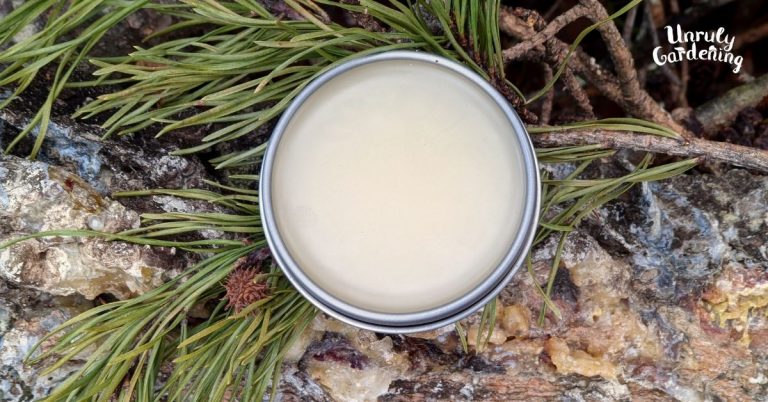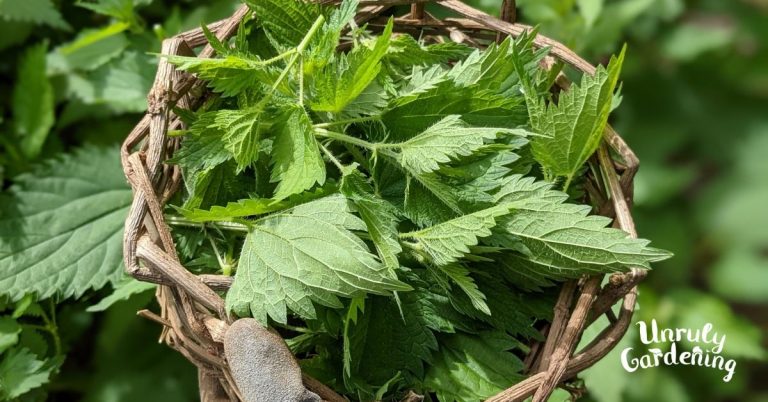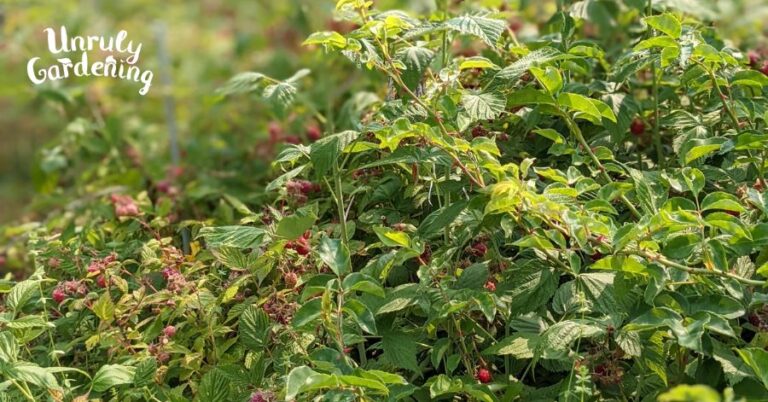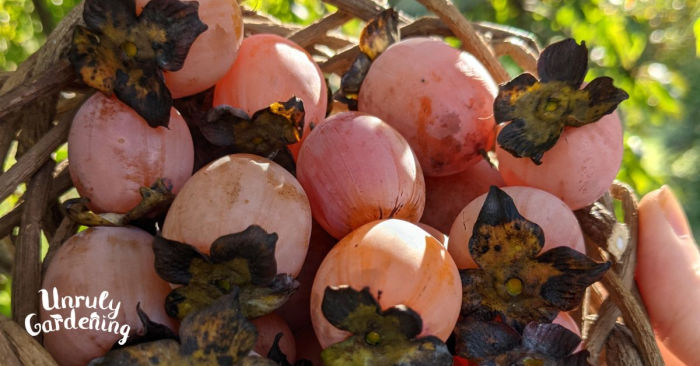Foraging Black Trumpet Mushrooms
Black trumpets are a choice edible mushroom, loved by many foragers! This article shares tips for finding and positively ID’ing them, lookalikes to know about, and how to store and dry your foraged finds.

I get especially excited talking about black trumpet mushrooms (Craterellus fallax), because they were the very first mushroom I ever found on my own as a newbie forager!
As a bonus, they taste absolutely delicious and are easily in my list of top three favorite ‘shrooms to eat. (Along with morels, and the shiitakes that we grow.)
Because of their smaller size and dark color, black trumpets can be a little tricky to spot though. Read on to learn all about hunting this choice edible and my favorite tips for finding good black trumpet spots.


Tips to Find Black Trumpets
My best tip for finding black trumpet mushrooms is to look for mossy areas with fallen acorns scattered on top. This indicates that you’re in an area with oak trees (Quercus spp), which you often find trumpets growing around. The can also grow near beech trees (Fagus grandifolia) or other hardwoods.
If you see a mossy spot with tiny orange mushrooms growing right in that moss – these are cinnabars, a tiny type of chanterelle – then you’re not only in a good area, but you’re in just about the right season and/or growing conditions!

Crouch down low and look very slowly and carefully all across the ground, and up and down hillsides. The trumpets can grow right out of the leaf litter, from bare ground, or on moss. It’s much easier to spot them on moss, so check the mossy spots first.
Black trumpet mushrooms do not grow from wood. However, they do grow near trees, sharing a mycorrhizal relationship with them, so a good place to start looking is right around the base of big old oak trees and work your way out. That’s how we’ve found most of our good black trumpet spots.

You’ll find them growing singly, or clustered closer together in groups. When you spot a black trumpet, look all around the area for more. We’ve learned that when you look closely, they cover a surprisingly broad area around that initial find.
Two of my best foraging spots are rather dry, while another is right beside a creek that stays shady and moist even in hottest part of summer. The two dry patches produce a lot more black trumpets than the creek-side spot, but your unique environment may vary!
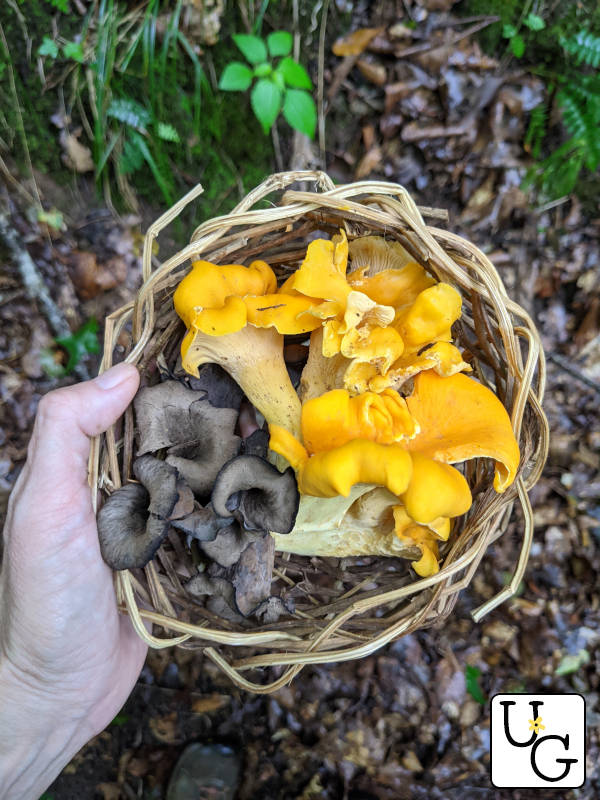
When to Look (Season)
These tasty little black mushrooms appear in summer, around June or July, and will fruit even into fall, here where I live in North America, east coast, zone 7a. (West coast residents may find them later in the year, or in winter.)
Occasionally, I’ll find an early group popping up in May, and have found black trumpets all the way into November several years.
If you see chanterelles fruiting, then it’s a great time to look for black trumpets! But keep your eyes peeled any time from early summer to late fall, especially if you’ve had a few rainy days recently.
Spot the Black Trumpets!
Here’s a photo to show you just how well hidden they can be:

Tips for Identifying Black Trumpet Mushrooms
The thin flesh of black trumpets is surprisingly delicate and easily torn. They’re not “meaty” at all, so you’ll want to collect a good amount for a meal.

Fertile Surface (Outer Side)
Black trumpet mushrooms are in the same Cantharellaceae family as chanterelles. In fact, another common name for them is “black chanterelles”.
Just like chanterelles, they don’t have true gills or a pore surface. You can usually detect some type of vein pattern though, or they may look mostly smooth to you.

Color
The colors of the mushroom range from black to gray to brown or tan.
Older black trumpets tend to turn very black once they start drying up. In the autumn, first frosts will also blacken the edges of the mushrooms.

The spore print of Craterellus fallax (the type of black trumpets we have growing here on the east coast, United States) is orange to salmon colored. In contrast, European black trumpet, Craterellus cornucopioides, has a white spore print.

To make a spore print of most mushrooms, lay it fruiting side down (gills, false gills, or pore surface) on a piece of paper or aluminum foil. Cover with a glass and allow to sit undisturbed all night. Observe results the next day.
Shape
Black trumpets start out kind of tube shaped (tubular) when they first pop from the ground.

As they mature they become more vase-shaped. They don’t have a clearly defined stem and clearly defined cap, everything kind of merges together to make a funnel appearance of sorts.
You can cut off the bottom end of the mushroom and literally peer through one end to see right out of the other end. Like a spyglass!

The shape is a good clue as to why they developed a nickname: “Horn of Plenty”.
Oddly enough, they are sometimes also referred to by the alternate names: “Trumpet of Death”, “Trombetta dei Morti”, or “Trompette de la Mort” – which basically means trumpet of the dead in Italian & French.
I’m unsure why because they are completely non-poisonous and they are a prime choice edible mushroom!
Black Trumpet Mushroom Lookalikes
The good news for beginner foragers is that black trumpets have no poisonous look-alikes.
They’re actually quite unique in how they look, but there are other black mushrooms that are good to know.
As always, unless you are 1,000% certain of a mushroom’s ID, don’t eat it!
Devil’s Urn (Urnula craterium)
This cup-like fungus does resemble black trumpets in some ways. The top is smooth – like a cup! – and it doesn’t make a hollow tube like trumpets do.
Devil’s urn grows from wood, mostly fallen branches and sticks. You may have to brush away leaf litter or dirt to see a buried piece of wood, but it will be there somewhere! (Black trumpets only grow from the ground, not from wood.)
Finally, this mushroom appears in the spring, more around morel season, than black trumpet season. Devil’s Urn is not deadly toxic or anything like that, but it’s just not normally considered edible.

Coltricia spp.
This is the mushroom that tripped me up most when I first saw it – I thought it looked a lot like a black trumpet at the time!
However, it’s very different with a pretty cap with concentric rings and it has pores underneath on the fruiting surface. (Remember that black trumpets have subtle veining on the fruiting surface, not pores. Black trumpets are also a hollow funnels of sorts, instead of having an actual cap like Coltricia species.)
These mushrooms are not considered to be edible.
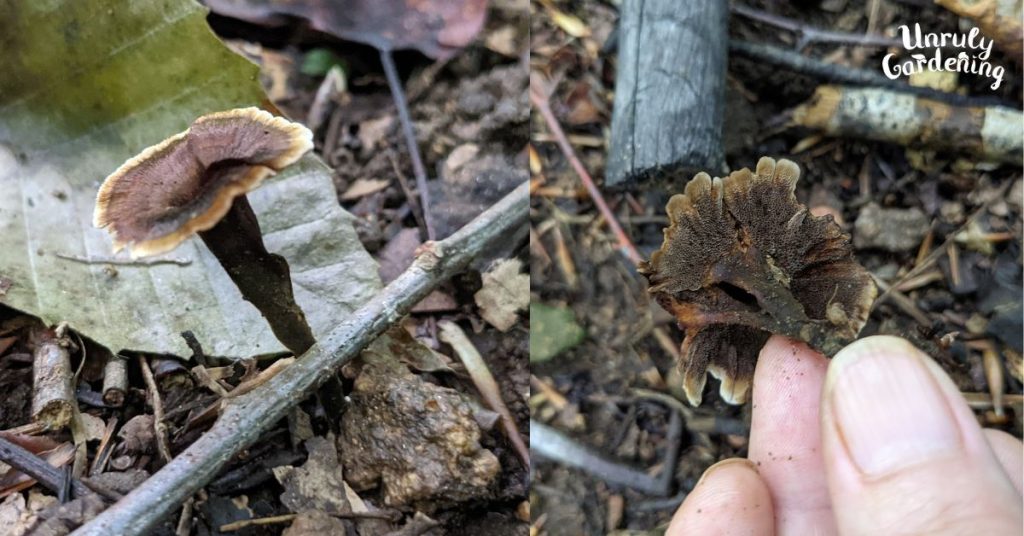
Old Man of the Woods (Strobilomyces sp.)
Honestly, this doesn’t really look like a black trumpet! However, Old Man of the Woods is sometimes mentioned alongside trumpets, probably because they’re both black mushrooms and they both appear around the same time of year.
Old Man of the Woods is a bolete-like mushroom (it has pores instead of gills) and it’s considered edible, though taste reviews are mixed between mushroom hunters.
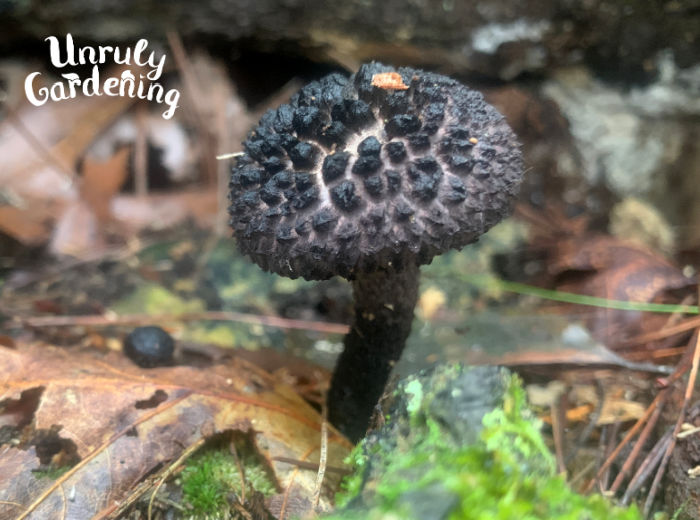
How to Harvest Black Trumpets
Once you find some trumpets mushrooms, you can simply use a knife or scissors to cleanly cut each one off at the base.

This leaves behind the little end part that’s covered in dirt (and possibly moss) and keeps your harvest nice and clean.
If you accidentally pull some up, dirt and all, that’s okay. I do that too sometimes; it’s easy to do. Just snip the ends off before putting in your basket or bag.

Cleaning Black Trumpet Mushrooms
If you harvest cleanly in the field, by cutting the mushroom off at the base, and gently brushing any loose leaves, dirt, or debris away, your black trumpets should be fairly clean when you get home.
However, they will still likely have some dirt and possibly bugs lurking within. Don’t wash your trumpets until you’re ready to use them though.
Once you’re ready to wash, tear each black trumpet down the middle, to make sure the centers don’t have dirt or bugs lodged inside.

From there, you have a couple of options. You can rinse your trumpets with a quick swish of cold water in a colander.
Or, you can swish them around in a bowl of cold water. Drain out the water and replace with fresh, then swish and drain again.
You can then gently press dry with a clean towel or paper towels, or run them through a salad spinner to get them nice and dry.

How to Store Fresh Trumpets
Any mushrooms you’re not using immediately should be kept in your fridge.
The brown paper bag trick works to keep most mushrooms fresh, including black trumpets.
Just drop your mushroom haul down into a brown lunch bag, place a damp paper towel on top, then fold the bag closed. Store the bag in your refrigerator for up to a couple days.
After that, you need to cook and freeze the black trumpets, or dehydrate them.

How to Dry Black Trumpets
Unlike their chanterelle cousins (which turn kind of tough when dried), black trumpets are excellent to dehydrate!
You can air dry on screens, or use a dehydrator set to low, or around 100 degrees F. You don’t need a lot of heat to dry them nicely, but the moving air of a dehydrator will help.
Store dried mushrooms in a glass jar. I throw a little dry rice in the bottom of the jar to help absorb any moisture, or you can use special moisture-absorbing packs.
To rehydrate:
You can easily rehydrate by throwing the dried mushrooms into soups or crock pot meals (add towards the end of the cooking stage so they don’t cook to death), or you can soak the dried mushrooms in water for about 15 minutes before using them to cook with.

Black Trumpet Cooking Tips
These little mushrooms have a surprising amount of savory flavor for their size!
Their taste is often compared to truffles – in fact another nickname for black trumpets is “poor man’s truffle”.
Because of their small size and thinness, you don’t have to cook them for a really long time.
We like to simply sauté them, with a handful of chanterelles when available, and keep the butter, seasoning, etc. on the light-handed side. Spoon over grilled steak or venison tenderloin and they’re mmm, mmm, good!
Homemade black trumpet pizza or wild mushroom omelets are also a delight!
More Mushrooms to Look For
Here are more of our mushroom articles you might enjoy reading!
- Foraging Chanterelle Mushrooms
- Foraging & Using Reishi Mushrooms
- 12 Tips for Foraging Morel Mushrooms
- Identifying Chicken of the Woods Mushroom
Our articles are for information and idea-sharing only. While we aim for 100% accuracy, it is solely up to the reader to provide proper identification. Be sure to seek out local foraging classes and plant walks with an experienced guide, and invest in foraging guides suitable for the area you live in, since some wild foods may have adverse effect.


